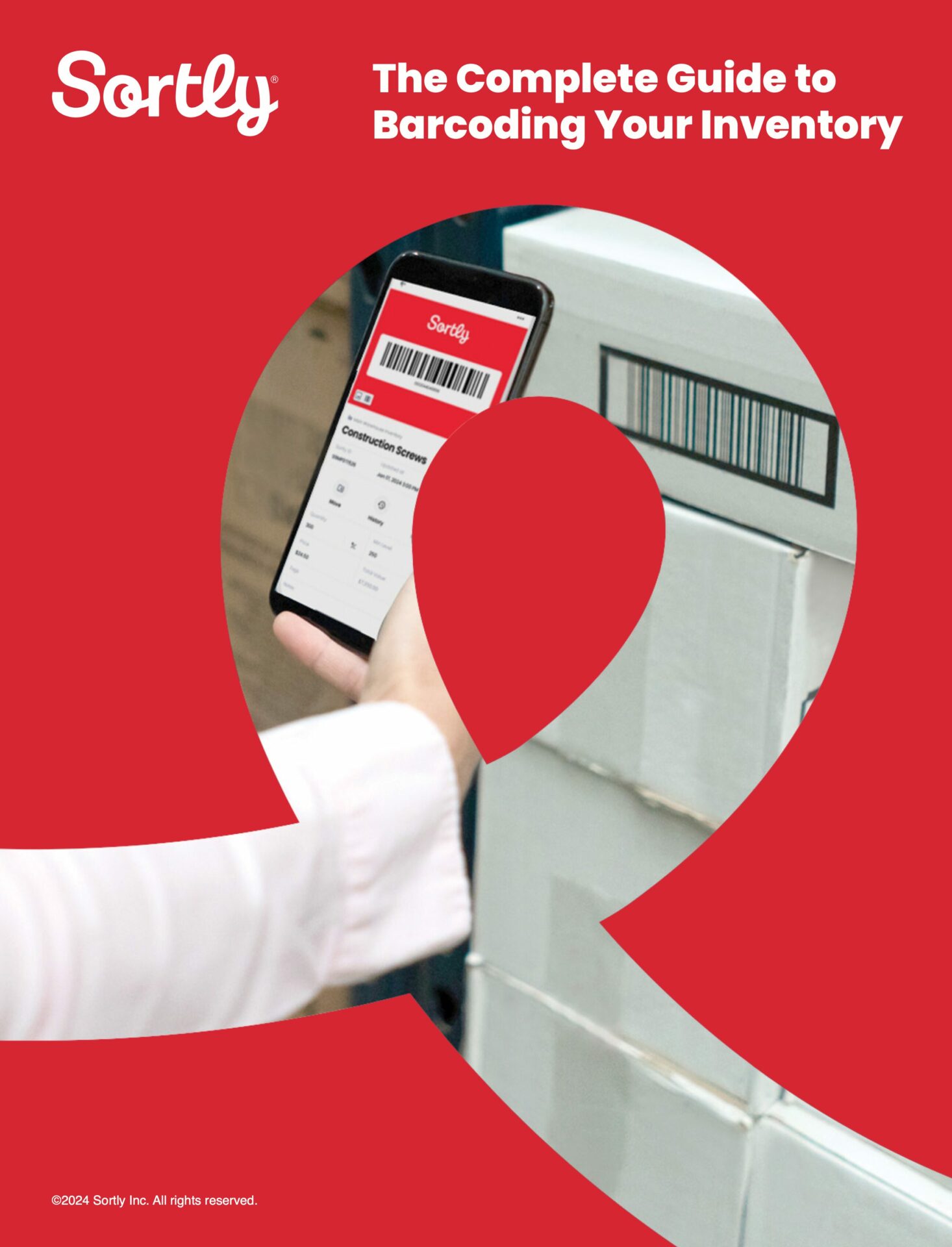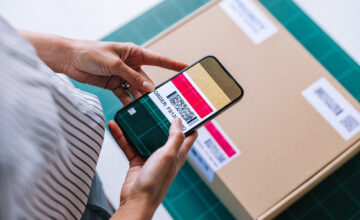When it comes to inventory management, businesses across all industries agree that an inventory labeling system is essential to keeping stockrooms organized and operations lean and efficient. In this article, we will zero in on how to label inventory, touching on the key benefits of an inventory tagging system and then walking you through how to label inventory.
What is an inventory labeling system?
An inventory labeling system is an organizational system in which unique identifiers (usually referred to as labels or tags) are affixed to corresponding inventory and assets. Typically, these tags, labels, or codes are attached to each item to facilitate more efficient inventory tracking, better organization, and improved overall inventory management.
While every business has its own inventory-related goals, the traditional and chief goal of implementing an inventory labeling system is to allow a business to quickly and accurately identify, locate, and track inventory and assets across warehouses, stockrooms, storage facilities, job sites, shops and stores, and so on.
There are a variety of ways to label inventory. The most common types of inventory labels are:
Inventory Tags
An inventory tag is usually a manual label designed by the business. These tags usually articulate essential information about the product, including the SKU, vendor, and any other important information, such as an expiration date.
Barcodes and QR Codes
The next type of inventory label features a barcode or QR code. Barcodes and QR codes are incredibly popular options for businesses looking to implement an inventory tag system. This is partly because many items arrive from the manufacturer with a barcode or QR code already affixed to them.
If not, inventory software such as Sortly makes it easy to generate custom barcodes and QR codes and then print new labels using regular printers and everyday label paper. These barcodes and QR codes hold tons of data and can be synced to inventory management software, so your team can access critical details about stock in the blink of an eye.
Another benefit of barcodes and QR codes is that because they are linked to an inventory software system, users can rapidly check these items in and out, update quantities and conditions, and more. This creates a perpetual inventory system in which a business’s inventory list is always up to date.
Barcodes and QR codes are also popular because they are very easy to use, even without prior training. For example, Sortly’s inventory app allows users to scan barcodes and QR codes using their smartphone and tablet camera. No external equipment is required.
Related: About Sortly’s QR Coding Capabilities
RFID
Finally, a third popular option is the RFID tag. RFID technology relies on radio waves to transmit data stored within a microchip. RFID systems are more expensive than barcode systems, which is why they are often reserved for high-volume businesses where keeping track of fast-moving inventory is essential. For example, the anti-shoplifting tags in clothing at a store are RFID technology.

Free Ebook: The Complete Guide to Barcoding Your Inventory
This easy, comprehensive guide will help you:
- Implement a barcode inventory system for your business
- Generate your own unique barcodes
- Practice perpetual inventory control with barcoding
How to label inventory
Labeling inventory is an essential first step to practicing optimal inventory management and unlocking the financial and operations benefits of solid inventory control. The following best practices should be performed so your business gets the most out of its inventory labeling system.
1. Organize everything—then update your inventory list
Without first ensuring the physical state of your business’s inventory is in tip-top shape, many of your inventory labeling system’s benefits will become moot. The first order of business is ensuring your inventory is organized logically.
This begins with physically reorganizing storage closets, stockrooms, and even warehouses to ensure the ideal inventory setup. If you haven’t done so already, during this organizational time, consider performing an inventory audit and record the findings on whatever inventory system your organization uses.
If you’re using inventory management software like Sortly, you can simply scan the existing barcodes in QR codes on your inventory, and many of the details in the item’s profile will auto-populate.
Related: How to Organize Inventory
2. Create inventory tags and labels
Now that your inventory is organized and your inventory list reflects what you have on hand, you can create inventory tags and labels. It’s possible that there is enough information on your already barcoded and QR-coded inventory that you do not need to add an additional inventory tag to these items.
If you do need more details in plain sight, create a manual inventory tag with essential details for your team. Or, if you’re using an inventory app such as Sortly, you can reprint a label with or without the barcode with the additional details you require.
If you want to use barcodes or QR codes (or a combination of the two), but some or all items you stock do not come with such inventory tags, you can use your inventory app to create them.
If you’re using RFID technology, you’ll want to affix those tags to inventory per the manufacturer’s instructions. Remember that you may need to print an additional label with written details if your entire team cannot access RFID scanners.
Use inventory management software to ensure your RFID tags, barcodes, and QR codes are synced to the item details. With some solutions, including Sortly, this process happens automatically when you scan an item’s barcode and add it to your inventory list or when you generate a customized barcode or QR code within the item profile.
If you use manual inventory tags, you may want to add an alphanumeric code or other custom identifier to each item that is easy to read. This can serve as an additional line of defense if you stock many items that look alike or have very similar product names.
3. Protect and replace labels as needed
If you’re using manual or printed barcodes and QR code labels to tag your inventory, you’ll want to consider what you need to do to keep these labels in good condition over time. This is especially important if your inventory is stored in a place where it might be exposed to the elements.
Many businesses place a plastic sleeve on top of barcodes and QR codes to ensure that the codes remain readable and scannable in the long run. Labels that are beginning to show signs of damage should be replaced swiftly during regularly scheduled audits or even when handling products between such audits.
About Sortly
 Sortly is an inventory management solution that helps you track, manage, and organize your inventory—from any device, in any location. We’re an easy-to-use inventory software that’s perfect for large or small businesses. Sortly builds inventory tracking seamlessly into your workday so you can save time and money, satisfy your customers, and help your business succeed.
Sortly is an inventory management solution that helps you track, manage, and organize your inventory—from any device, in any location. We’re an easy-to-use inventory software that’s perfect for large or small businesses. Sortly builds inventory tracking seamlessly into your workday so you can save time and money, satisfy your customers, and help your business succeed.
With Sortly, you can track inventory, supplies, parts, tools, assets like equipment and machinery, and anything else that matters to your business. It comes equipped with smart features like barcoding & QR coding, low stock alerts, customizable folders, data-rich reporting, and much more. Best of all, you can update inventory right from your smartphone, whether you’re on the job, in the warehouse, or on the go.
Whether you’re just getting started with inventory management or you’re an expert looking for a more efficient solution, we can transform how your company manages inventory—so you can focus on building your business. That’s why over 15,000 businesses globally trust us as their inventory management solution.
Start your two-week free trial of Sortly today.




